KletterRetter Blog
3 yoga exercises for climbers that protect your body from injuries
Did you know that just 10 minutes yoga each day can help prevent middle to long term injuries and pain?
After climbing your muscles are warm and are in the best shape for focused exercises on certain muscle groups:
– Arms, hands, fingers
– Chest
– Shoulders, neck
– Back and sides
– Legs
The demands vary depending on the intensity and climbing style during your climbing session: after friction climbing on granite or slabs with small ledges, we will notice the effect on our calves more than after climbing lime stone with generous foot holds, jugs and powerful moves.
Today we will take a look at 3 exercises for your back, chest and legs.
The open lunge
Initial position is the quadruped position (on all fours). Bring one leg forward to your hand and leave the other leg with your knee on the ground or fully stretched out. With the next breath, stretch your arm upwards and support your weight with your other hand on the ground. Gaze upwards at your hand, or keep looking down if your have neck pain.
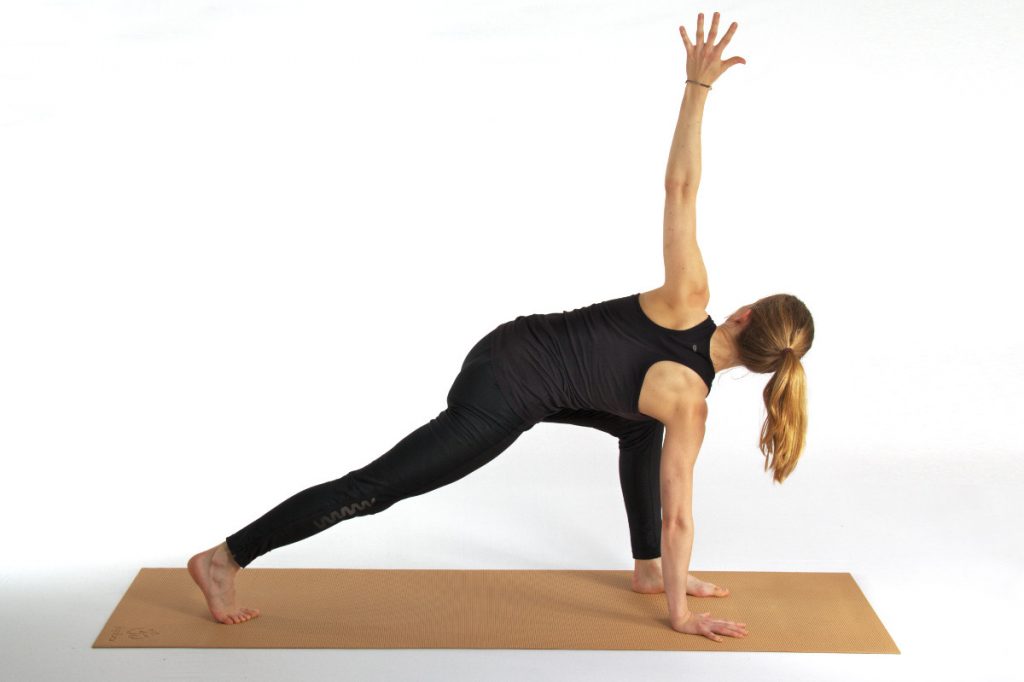
Recommended duration: 5 deep breaths
Expected outcome: Stretches your chest and back muscles and strengthens your legs
The fish
Bring your legs together and stretch them out. Place your hands next to your body, with your palms flat on the ground. Bring your thumbs together. Stretch your chest forward and upwards. The crown of your head should touch the ground.
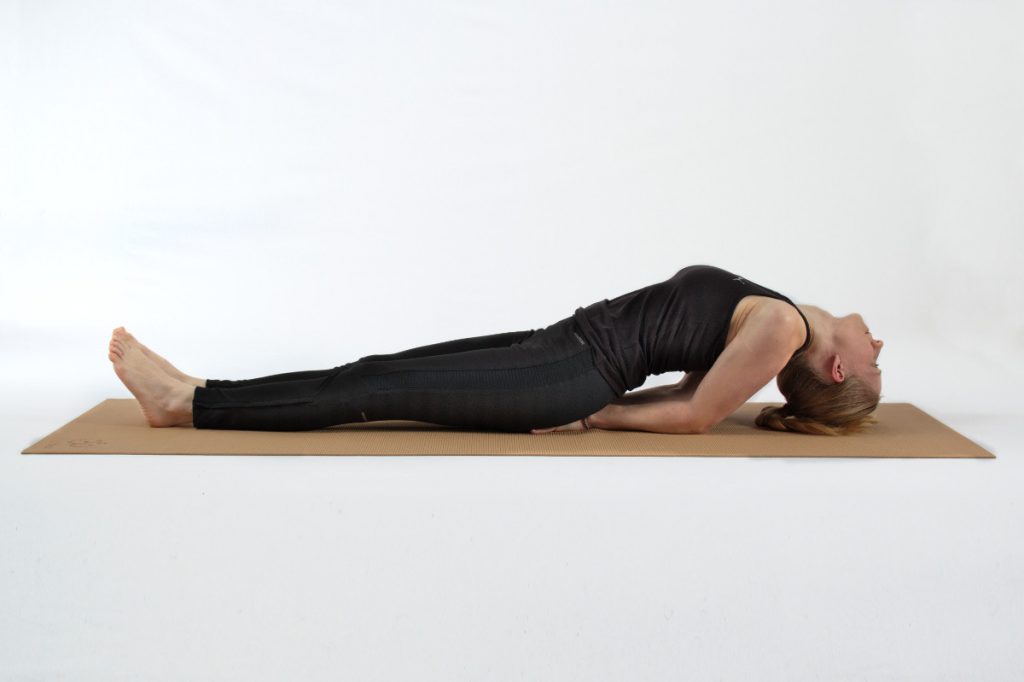
Recommended duration: 4 to 5 deep breaths
Expected outcome: Stretches your chest and neck muscles and strengthens your upper back
The kneeling heel hook
Initial position is the quadruped position (on all fours). Bring one leg forward (like the open lunge exercise). Bring your upper body backwards and stretch out your front leg. Your upper body should stay straight or move a little deeper with each breath in order to intensify the stretching.
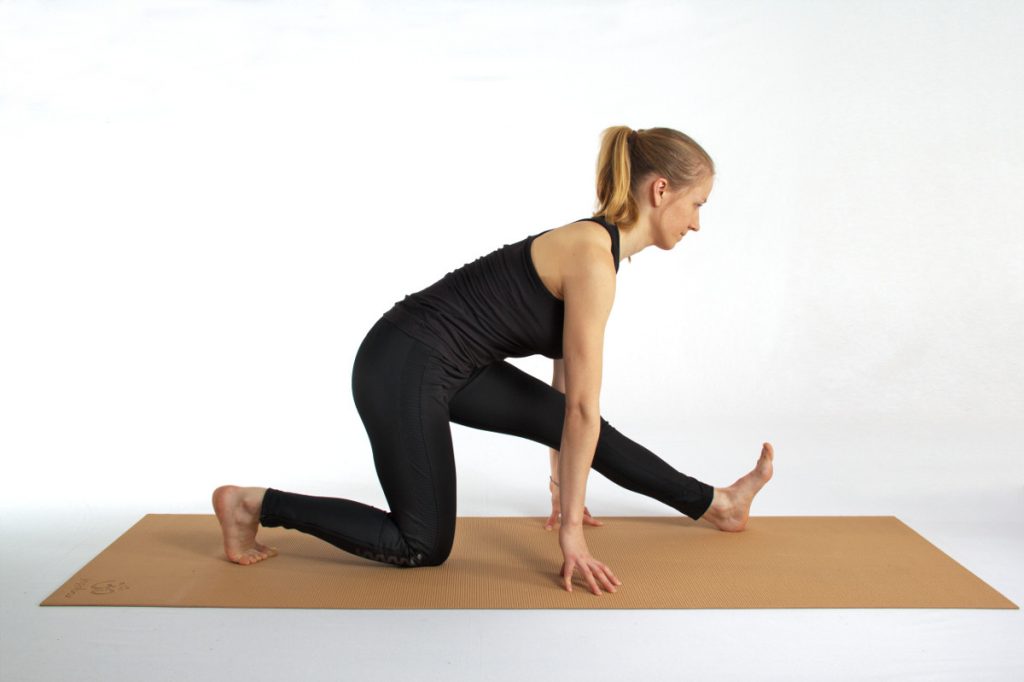
Recommended duration: 7 to 10 deep breaths
Expected outcome: Intensively stretches your thigh and gluteal muscles
Important to know
For the best possible results, it is important to breath deeply (guideline: breath in for 2 seconds, breath out for 3 seconds). By breathing deeply, you relax your body and can therefore perform the exercises more intensively.
Every climber has different requirements: these vary depending on the style of climbing and the intensity. In addition, your gender, build, strengths and weaknesses play a role. Therefore the following rule applies for all yoga exercises: try it out and adjust the exercise to work for you. If you, for example, can’t touch the ground with your head during the fish you can put something under your head or touch the ground with the back of your head rather than your crown.
Yoga can not only help you achieve a better feeling for your body directly after climbing, but also achieve additional equalisation that you will notice when climbing. Additional yoga exercises can be found in my training book „ClimbingFlex – Mit Yoga beweglicher klettern“ (german).
About the author
Stefanie Fischer Fernández is an author and a coach for Yoga and muscle relaxation. She has been helping climbers achieve a better feeling for their bodies, climb with more movement and relax whilst climbing with videos, books and workshops since 2011. Her books „Das Yoga-3×3 für Kletterer – Einfach entspannter klettern“ (german) and „ClimbingFlex – Mit Yoga beweglicher klettern“ (german) have been read by more than 1500 climbers.
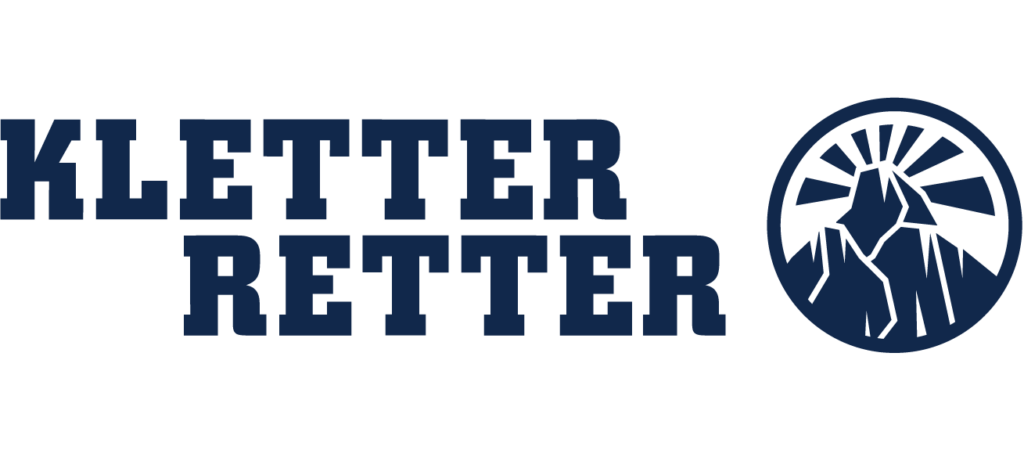

Great read.
I’ll get out my Yoga mat as soon as I get home!
The kneeling heel-hook is a good one. I tend to notice that I have “short” hamstrings and this exercise really helps.